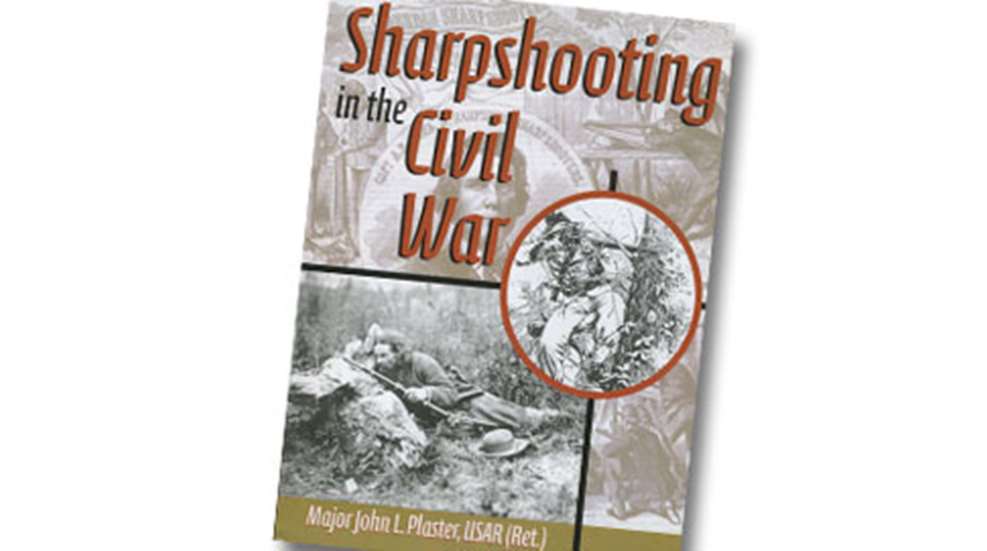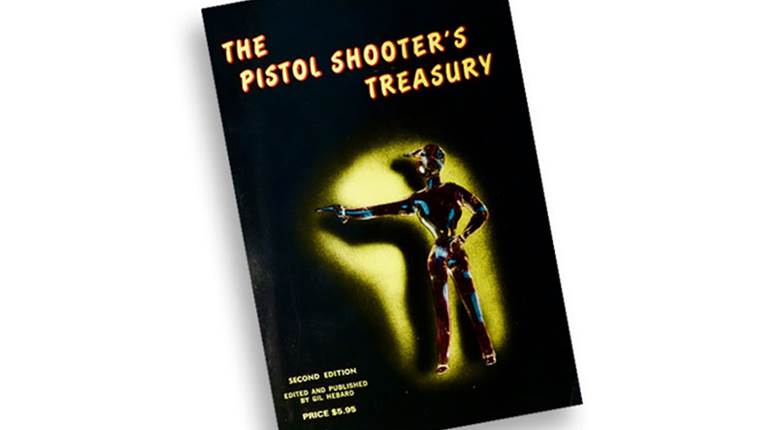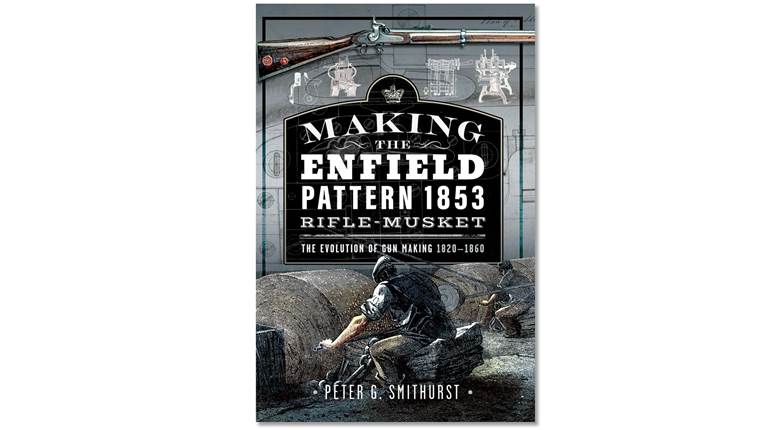
Major John L. Plaster’s “History of Sniping and Sharpshooting” is the foremost reference on the subject to date. In his review of the book Maj. Edward J. Land, Jr., USMC (Ret.), wrote, “Plaster’s first-hand knowledge of equipment and field craft combined with his extensive research has produced one of the most complete and detailed books on military sniping.”
The only downside to the 704-pp. book was its price of $89. With that in mind, the publisher asked Plaster to do a separate book encompassing the eight chapters of the massive volume into a more, compact (and affordable) reference concentrating just on Civil War sharpshooters. Plaster opens up with descriptions of sharpshooters of the Union and the Confederacy, their recruitment, organization and training. The author then covers the arms and the tactics employed, with emphasis on the description of the best known arms, heavy-barreled target guns, Enfields, Whitworths and Sharps, and other lesser-known arms. His technical description of the ammunition used and the early telescopic sights employed are excellent as well. In his final section, Plaster chronicles battlefield accomplishments of sharpshooters, blue and gray, starting with their role at Antietam and Fredericksburg, then continuing on with Gettysburg and one of the most vicious and deadly fights for sharpshooters, the battle for Vicksburg.
As with “The History of Sniping and Sharpshooting,” sidebars on various topics, from the first scope-sighted engagement in American history to a listing of prominent officers felled by sharpshooters, break up the main text. It is a must read for Civil War enthusiasts and those interested in the role of sharpshooters and their rifles during America’s bloodiest conflict.
The paperbound, 81/2x11-inch, 157-pp. book is extremely well-illustrated with black and white photographs, artwork and period engravings. The cost is $19 plus shipping, and it is available through: Paladin Press; (800) 392-2400; or http://www.ultimatesniper.com/.





































